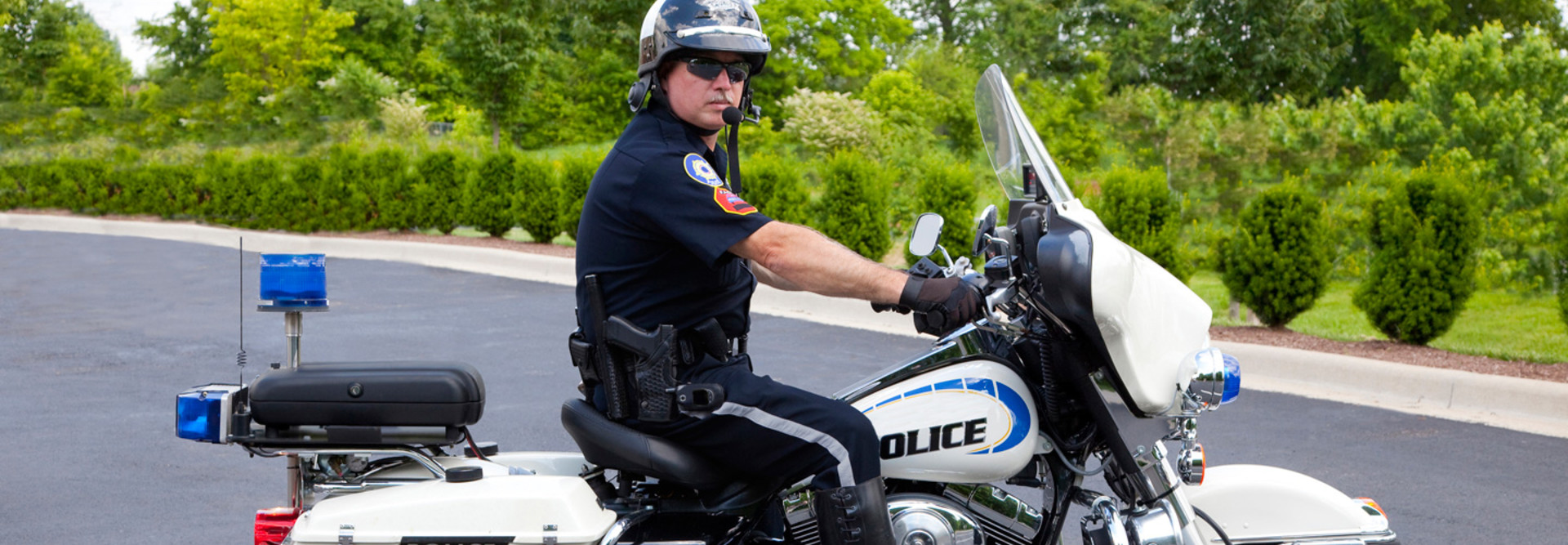Wearable Cameras for Law Enforcement Enhance Evidence Collection
Wearable cameras have recently taken center stage as a silver bullet for mediating law enforcement officer’s (LEO’s) operations in the field. Demand for cameras has reached a fever pitch coinciding with media coverage surrounding events like the Ferguson, MO protests.
Studies show that when officers come into contact with the public, wearable cameras have a positive effect on behavior all around. When integrated properly, cameras offer citizens and LEO’s a fair and accurate representation of the events. However, if an agency fails to do its homework or properly train officers on the new platform, inefficiencies and abuse can crop up.
How can we best integrate wearable cameras into an agency? What are the common pitfalls? What are the limitations of today’s hardware and how are manufacturers responding? I’ve seen many patterns emerge over dozens of pilots and hundreds of units sold nationally.
Evidence, Not Video
The first thing to understand when discussing wearable cameras for law enforcement is that the camera is simply a tool for collecting evidence. The videos are therefore not just video but evidence and must be treated as such. Use of cameras in the field must adhere to agency standard operating procedures (SOP’s) to ensure chain of custody.
Policy and Training
A wearable camera is as much a policy challenge as a technology solution. Policies guiding officer use of the system must be in place to ensure standards and expectations are defined. The most recent and complete guidance has been published by the U.S. Department of Justice (DOJ) in its COPS white paper.
After thoughtful policy comes training. An officer’s use of the camera, e.g. activating a recording, must be imbedded into his or her muscle memory. The action must be instinctual and as fluid as drawing a weapon from a holster.
The Big Picture
Two factors stand out as critical in every wearable camera systems pilot that I have been involved with: mounting and back-end file management.
The camera could be the most technologically advanced in the market but if it’s not attached properly to the officer, you won’t get the evidence you desire. Manufacturers offer multiple options for mounting their camera, e.g. mounted on glasses frames, vest or lapel.
Back-end File Management
This is vital to the usefulness, security and availability of a digital evidence management system. Look for a backend software system that can import multiple file types and even integrate with your existing evidence management software. You’ll want basic features like user defined rights so users can only see what they need to see, e.g. their own video and not that of other officers. You’ll likely want command staff to have different access than officers. Search functions should be intuitive and quick.
The Fine Print
There are many details to consider when evaluating wearable digital evidence systems available today. The system should be designed to perform consistently in the background allowing the officer to predict its behavior while focusing on the job at hand. Proper attention to detail can be the difference between an effective system that increases officer safety and effectiveness in the field versus equipment that sits on the shelf unused.
Things to Keep in Mind
- Most body-worn cameras are manually activated. Most cannot automatically begin a recording like many in-vehicle video systems. Will officers manually start a recording when it counts?
- Similarly, many body-worn cameras can be turned off manually by accident or intentionally, failing to record vital evidence.
- The more buttons, the more complexity
- Most body-worn cameras are not able to integrate with in-vehicle video recording systems. Of those that are, capabilities vary greatly.
- Security standards vary. File formats can be standardized or proprietary, secure or open. Video recording media can be removable.
- Video can be offloaded via wire or wirelessly. These protocols can be secure or open to varying degrees.
- Most body-worn cameras do not have GPS to capture recording location.
- Some cameras can live-stream video in different ways. Battery life of the camera is often less than a full shift.
- Resolution and frame rates vary.
- Some cameras offer speech recognition for hands-free operation.
- Some cameras allow for viewing recorded video on the device itself. Others must sync with or download to a mobile device first to be viewed there.
- Some cameras offer no visibility of the video until it’s ingested into the back-end management software.









